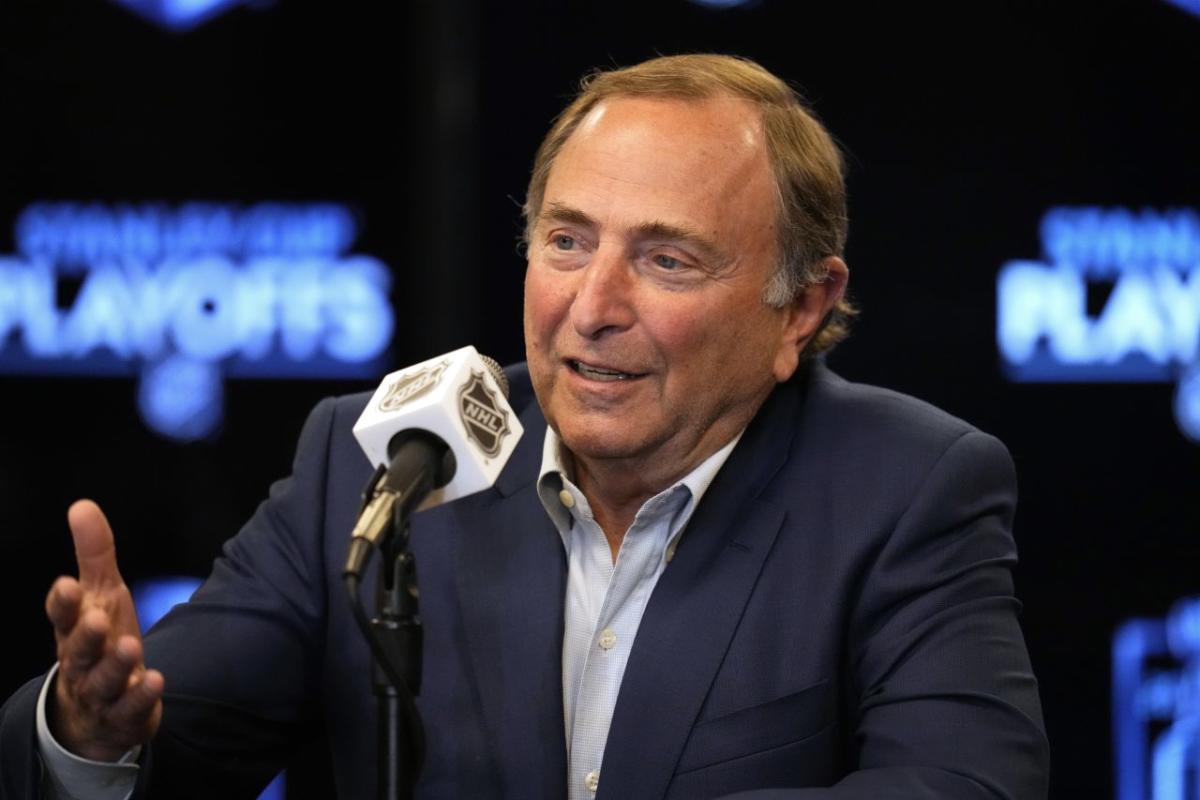The salary cap is designed to be directly linked to revenue. If revenues increase, the players' 50% share increases. What are you expecting to happen, for the cap to stay flat even if the covid debt was paid off and revenues were increasing?
It was back at pre-covid revenue levels in 2021-22:
National Hockey League hockey-related revenues are back to pre-pandemic levels and are expected to exceed $5.2 billion, commissioner Gary Bettman said during his pre-Stanley Cup Final media conference at Denver’s Ball Arena Wednesday. “Although I got an email about it an hour ago from our CFO...

sports.yahoo.com
It was on track to hit 6 billion this season:
Given where we are in the season and that Bally hasn't missed any payments to date, the hit to revenue this year won't be huge - I'd expect it to still be well over 5 billion. And the covid escrow is so close to being paid back that they were discussing transitioning back to the HRR-tied cap as soon as next season (I don't expect this to happen any more since the Bally news unless it's 100% paid off).




